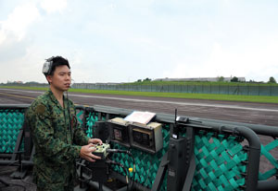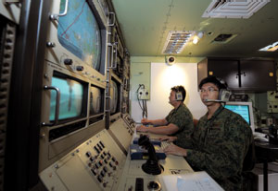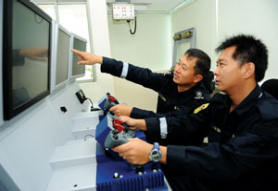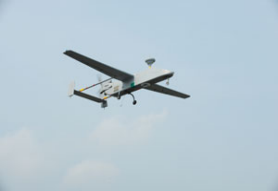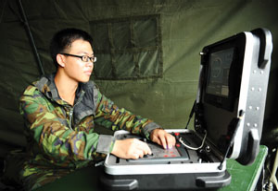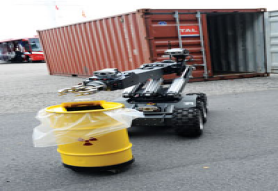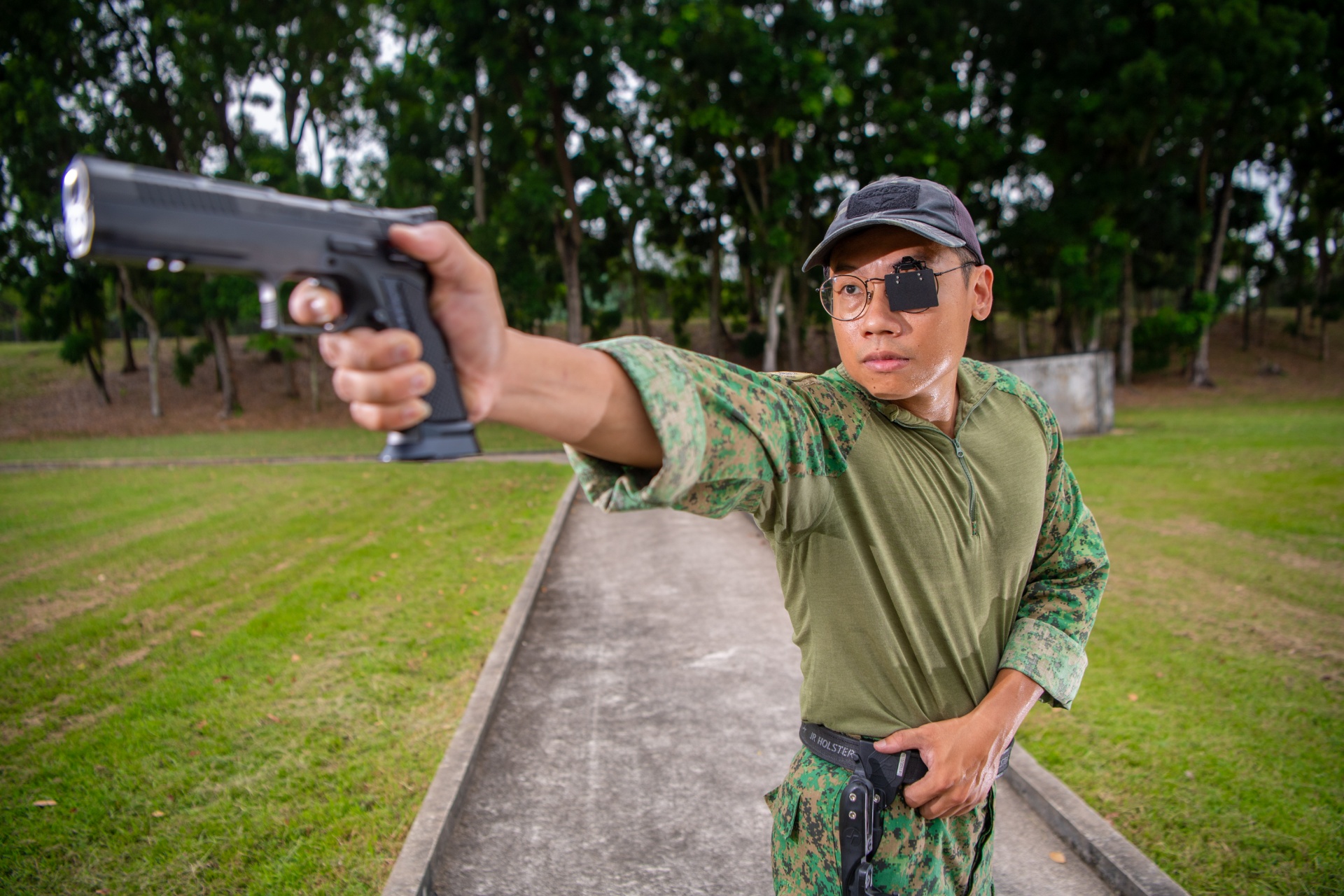TECHNOLOGY
THE MAN BEHIND THE MACHINE
22 Dec 2009
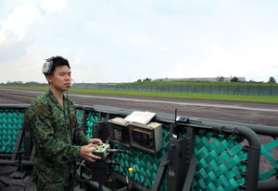
Unmanned systems in the Singapore Armed Forces (SAF) give the Army, Navy and Air Force an edge in various areas such as reconnaissance and surveillance, but ultimately, their effectiveness depends on the soldiers who control them.
"A tool is but the extension of a man's hand, and a machine is but a complex tool," said American clergyman Henry Beecher. Even as more machines are being employed in the SAF for their efficiency and effectiveness in carrying out tasks, the role of the operators as the brains behind the machines cannot be understated.
Eyeing without blinking
Piloting a plane for several hours can impair mental alertness and may even result in pilot fatigue. One way to carry out safe and effective surveillance and reconnaissance of the battlefield from the air is to employ the Searcher Unmanned Aerial Vehicle (UAV).
Unlike in the typical plane, where the pilot has to remain airborne for several hours until his mission is completed, the Searcher allows crew changes every two hours.
"Crew rotation makes operations much more effective because everyone comes to the operational environment feeling fresh," said Captain (CPT) Peh Jia Hong, Mission Commander, 128 Squadron (SQN), which supports the Army's operations in areas such as surveillance and reconnaissance.
Another advantage of the Searcher is its reduced signatures on radar systems that make it more difficult to detect, compared to manned aircraft.
Internal pilot Master Sergeant (MSG) Derrick Lee, also from 128 SQN, explained how the Searcher is operated by an internal and external crew. An external pilot launches the Searcher from a runway, and after gaining an altitude of 1,500 feet, he hands control over to an internal pilot operating from a ground control station (GCS).
Once the Searcher has reached its assigned area of operations, the mission commander in the GCS will take charge to provide ground commanders with real-time images captured by the video camera on the Searcher.
This involves tight coordination among the crew, said MSG Lee. "There are times when getting a good picture of the battlefield requires me to fly as near to the target as possible. But on my part as a pilot, I have airspace boundaries to adhere to, air threats to avoid and a minimum altitude to maintain.
"We need to strike a balance between maximising our system capabilities and observing safety, and over the years, the crew has gained experience that helps us work better with one another."
Other than the need for coordination among the crew, skills and experience are also part of the equation for mission success.
A veteran UAV external pilot with 10 years of experience, Staff Sergeant (SSG) Roland Lee, from 128 SQN, recalled how he safely landed the Searcher when an unexpected throttle failure occurred. "I had to shut down the engine, stop the propellers, and let the Searcher glide back to the runway...it landed safely because I had the right altitude and range."
Performing similar functions to the Searcher is the Skyblade III, Singapore's first locally-designed and produced portable mini UAV. A product made possible by a collaboration amongSingapore Technologies Aerospace, DSO National Laboratories and the Defence Science & Technology Agency, the Skyblade III has an endurance of 60 minutes and an operational range of 8km.
Designed to provide soldiers with reconnaissance and surveillance capabilities that enable them to see beyond buildings and other obstacles, the Skyblade III will be fully delivered to the Army by end-2010.
Robots lead the way
Nausea, palpitations, convulsions and coma. These are just some of the symptoms indicating exposure to chemical, biological or radiological substances, which are often used by terrorists as weapons of mass destruction.
Particularly vulnerable to such risks are personnel from the SAF Chemical, Biological, Radiological and Explosives (CBRE) Defence Group, whose role is to enhance the SAF's counter-terrorist capabilities in diffusing such multi-faceted threats.
In order not to expose personnel to such risks unnecessarily, robots can now take the place of man.
In a typical scenario where a CBRE threat is suspected, CBRE personnel would first send in the remote detection robot, Twin Retort, to scan the materials using its suite of chemical, radioactive and explosive detectors.
Once the threat has been confirmed by the operator of the Twin Retort, the commander gives the signal for the Defender to move into the scene. The radiation-hardened robot has a hydraulic arm and claw assembly, as well as a lifting capacity of up to 75kg. These features enable it to open doors and enter rooms containing the threat, extract the hazardous materials and place them in a sealed container for subsequent safe handling.
Although operators control the robots from a safe distance, great care has to be taken at every step to avoid spillage of hazardous contents which could result in contamination of the environment.
The result of the operators' unwavering concentration in operating the robots? The threat is extinguished, while significantly reducing CBRE personnel's exposure to the hazardous materials.
Protecting the high seas
A fishing vessel is heading towards protected waters. An Unmanned Surface Vessel (USV) belonging to the Republic of Singapore Navy (RSN) approaches the vessel and sends out repeated warning messages for it to change its course. Ignoring the warnings, the fishing vessel continues heading towards the restricted area until the USV swerves less than 50m in front of it, forcing it to divert.
This capability of the Protector to patrol and guard protected waters was witnessed in the Northern Arabian Gulf where it was deployed in 2007 and 2008 to defend key oil terminals as part of the SAF s contributions to international stabilisation and reconstruction efforts in Iraq.
Controlled from a mother ship, the Protector is equipped with a lightweight, remote-controlled machine gun and an electro-optical surveillance system. It is used for the surveillance, identification and interception of suspicious vessels at sea.
Describing how the Protector assists the crew in decision-making when conducting patrols in dangerous waters, Captain (CPT) Jonathan Chuah, Head Unmanned Systems Section (USS), Specialised Craft Group (SCG), 1st Flotilla, said: "The optical camera on board the Protector serves as eyes for commanders, and allows them to have an accurate appreciation of the situation without being physically at the scene. The USV can be first at the scene, before deploying other RSN assets.
"This allows the investigation of suspicious contacts without exposing any RSN personnel to danger."
Measuring just 9m long, the Protector might be mistaken for a toy when set beside bulky merchant vessels and navy ships on the sea. And while it may seem like fun and games to operate the Protector, 2nd Warrant Officer (2WO) Augustine Wan will tell you otherwise. 2WO Wan is an operations supervisor from USS, SCG, 1st Flotilla.
"You need to have good situational awareness and be able to react quickly when operating the Protector, which can travel at speeds above 30 knots.
"Although relying on sensors and cameras to steer the Protector is not difficult, using it to intercept vessels is a challenge which requires a lot of synergy between the operators."
At first glance, these machines may seem indispensable as they are able to work tirelessly and be at the forefront of dangerous situations, while dealing with important tasks such as reconnaissance, handling hazardous materials and carrying out armed patrols.
However, they are limited in that they cannot perform tasks such as analysing situations and making decisions, which ultimately means they are only as good as the soldiers who control them.
ALSO READ IN TECHNOLOGY
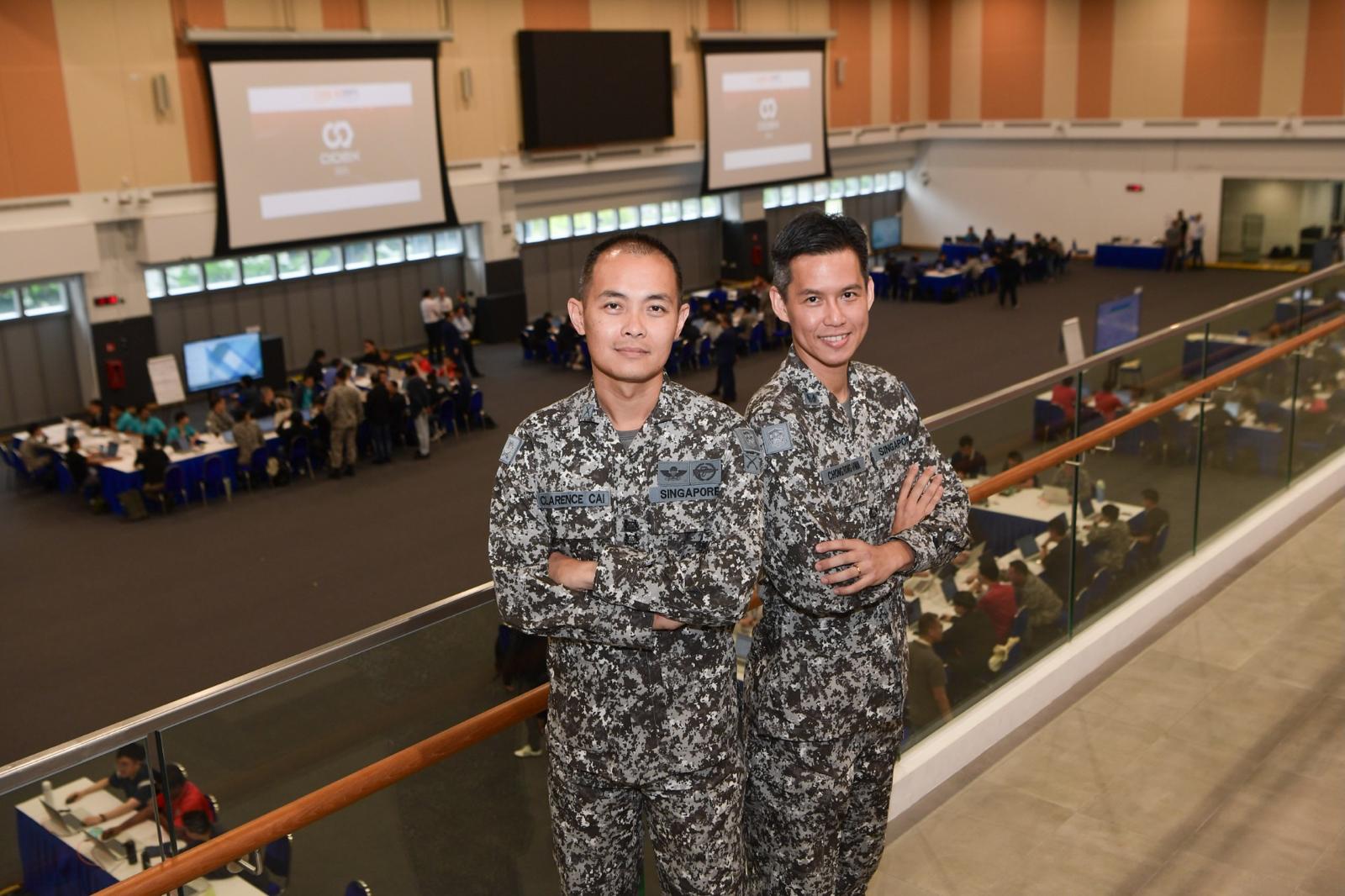
AI joins the fight in national cyber defence exercise
12 Nov 2025
AI and closer collaboration among agencies and industry are taking centre stage in this year’s Critical Infrastructure Defence Exercise (CIDeX).
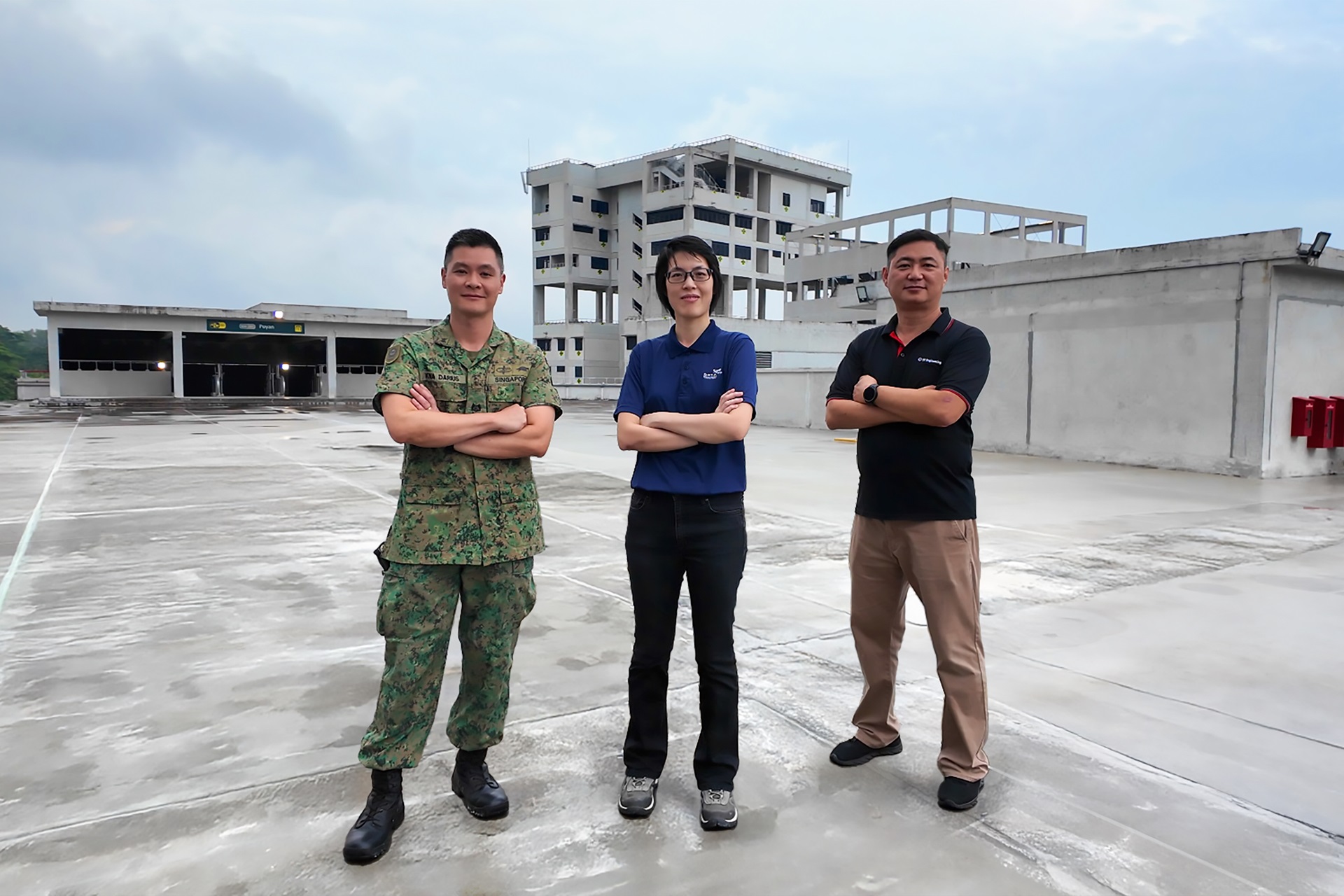
They built this city
01 Oct 2025
Turning vision to reality: the team behind SAFTI City clinches the Defence Technology Prize 2025 Team (Engineering) Award!
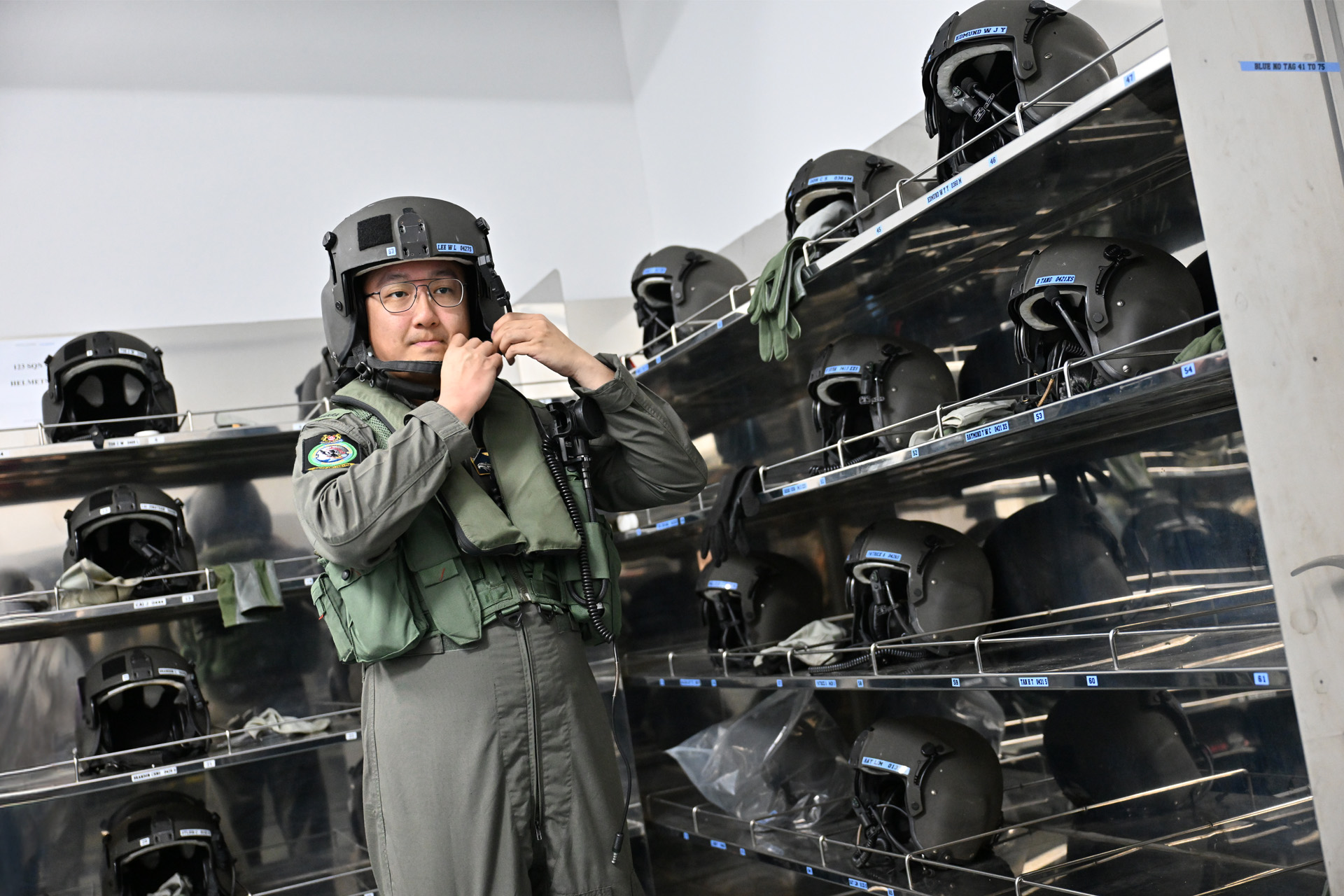
Operating over skies & seas
22 Aug 2025
This gear is designed to help a Sensor Supervisor survive emergencies in the air and at sea.

